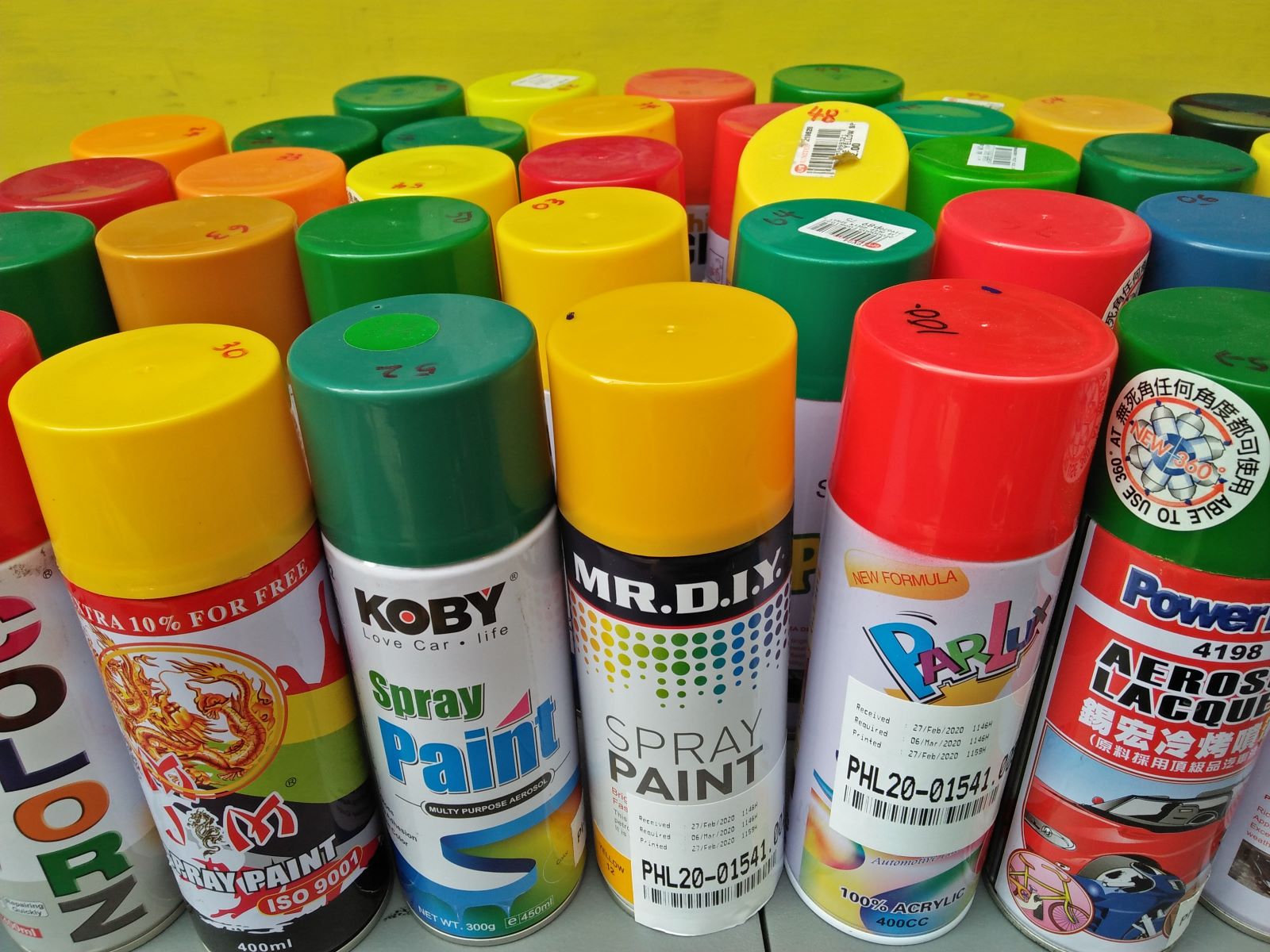

Articles
How To Store Spray Paint
Modified: May 6, 2024
Learn the proper way to store spray paint and keep your articles organized and free from damage. Keep your workspace safe and clutter-free with these helpful tips.
(Many of the links in this article redirect to a specific reviewed product. Your purchase of these products through affiliate links helps to generate commission for Storables.com, at no extra cost. Learn more)
Introduction
Spray paint is a versatile and popular choice for painting various surfaces, from furniture and DIY projects to artwork and automotive touch-ups. However, proper storage of spray paint is essential to ensure its longevity, quality, and safety. In this article, we will explore the key considerations for storing spray paint effectively.
When spray paint is stored incorrectly, it can lead to issues such as clogged nozzles, diminished performance, and even safety hazards. By following a few simple guidelines, you can prolong the shelf life of your spray paint and maintain its usability. Let’s delve into the best practices for storing spray paint.
Key Takeaways:
- Proper storage of spray paint is essential for maintaining quality and usability. Consider factors like temperature, ventilation, and organization to ensure your spray paint remains in optimal condition for future projects.
- Prioritize safety and proper disposal when handling spray paint. Be mindful of expiration dates, follow local regulations, and dispose of unused or expired spray paint responsibly to protect the environment and your community.
Read more: How To Spray Paint A Fence
Proper Storage of Spray Paint
Proper storage of spray paint is crucial to maintain its quality and usability. Here are some essential tips to help you store your spray paint effectively:
- Keep it upright: Always store spray paint cans in an upright position. This helps prevent the paint from settling or separating, ensuring an even distribution of propellant and pigment.
- Secure the lids: Ensure that the lids of spray paint cans are tightly sealed. This prevents air from entering and potentially drying out the paint or causing it to become unusable.
- Protect from extreme temperatures: Avoid storing spray paint cans in areas that experience extreme temperature fluctuations, such as garages or sheds. Extreme heat or cold can affect the quality and consistency of the paint.
- Store in a dry place: Moisture can cause rusting or corrosion of the spray can, leading to potential leaks and damage. Choose a dry storage area to maintain the integrity of the paint.
- Avoid direct sunlight: Exposure to direct sunlight can lead to color fading or degradation of spray paint. Store the cans in a shaded or dark area to preserve their original color and quality.
- Keep away from flammable materials: Store spray paint away from sources of heat, flames, or flammable materials. Ensure the storage area is well-ventilated and free from any potential fire hazards.
By following these guidelines, you can protect your spray paint investment and ensure its longevity and performance. Proper storage practices will help you maintain the quality of your paint and preserve its usability for future projects.
Choosing the Right Location for Storage
When it comes to storing spray paint, selecting the right location is key. Here are some factors to consider when choosing the storage location:
- Well-ventilated area: Opt for a well-ventilated space to prevent the buildup of fumes. Good ventilation helps dissipate any volatile compounds present in the paint, reducing the risk of inhalation and maintaining a healthier environment.
- Avoid high-traffic areas: Ideally, store spray paint cans in an area that is not subject to frequent foot traffic or potential accidental knocks. This reduces the risk of cans falling or getting damaged.
- Out of reach of children and pets: Ensure that the storage location is secure and inaccessible to children and pets. Spray paint cans contain harmful chemicals and should be kept away from curious hands and paws.
- Stable and sturdy surfaces: Choose a stable and sturdy shelf or storage unit to hold your spray paint cans. Avoid placing them on top of equipment or objects that can easily tip over.
- Separate from other chemicals: Keep spray paint cans separate from other chemicals or hazardous materials. Mixing incompatible substances can lead to dangerous reactions or even explosions.
- Easy access: Arrange your spray paint cans in a way that allows for easy access and visibility. This makes it easier to find the desired color or type of paint when you need it.
By considering these factors, you can ensure that your spray paint is stored in an appropriate location that prioritizes safety and accessibility. Choosing the right storage location will help maintain the integrity and usability of your spray paint collection.
Temperature and Humidity Considerations
Temperature and humidity levels have a significant impact on the quality and longevity of spray paint. Here’s what you need to know about storing spray paint in relation to temperature and humidity:
Temperature: Extreme temperatures can affect the consistency, performance, and shelf life of spray paint. It is recommended to store spray paint in a moderate temperature range of 50 to 80 degrees Fahrenheit (10 to 27 degrees Celsius). Avoid exposing the cans to freezing temperatures or excessive heat, as these can cause the paint to become unusable or degrade over time.
If the storage area is subject to temperature fluctuations, consider using insulated containers or cabinets to regulate the temperature and protect the spray paint from extreme conditions.
Humidity: High humidity levels can lead to moisture buildup inside spray paint cans, causing potential rusting, clumping, or deterioration of the paint. Aim for a humidity level between 40% to 50% when storing spray paint. If the storage area is excessively humid, consider using dehumidifiers or moisture-absorbing products to maintain optimal conditions.
In areas with high humidity, rust inhibitors can be used to protect the metal cans from corrosion. Additionally, storing the cans on elevated shelves or platforms can help prevent direct contact with damp floors or surfaces.
By paying attention to temperature and humidity levels, you can ensure that your spray paint remains in optimal condition, delivering consistent results when you’re ready to use it.
Ventilation and Safety Precautions
Proper ventilation and safety precautions are essential when storing spray paint. Here are some guidelines to ensure ventilation and safety:
- Good airflow: Choose a storage area with adequate airflow to prevent the accumulation of potentially harmful fumes. This helps reduce the risk of inhalation and creates a safer environment overall.
- Ventilation systems: If you’re storing a large number of spray paint cans, consider installing a ventilation system to ensure proper air circulation. This helps remove any volatile compounds emitted by the paint, reducing the risk of exposure.
- Fire safety: Keep your storage area free from flammable materials and ensure that it is equipped with fire safety measures such as fire extinguishers. Label the storage area as flammable and educate others on the potential risks associated with spray paint and proper safety procedures.
- Protective gear: When handling spray paint cans or using them in the future, always wear appropriate protective gear such as goggles, gloves, and a respirator. This helps protect against any potential health hazards and ensures your safety during painting projects.
- Keep away from heat sources: Avoid storing spray paint near heat sources, open flames, or spark-creating objects. This reduces the risk of fire or explosions if the paint is subjected to high temperatures.
- Read instructions and warnings: Familiarize yourself with the instructions and warnings provided on the spray paint cans. Follow them carefully, as they provide valuable information about proper use, storage, and safety precautions.
By implementing these ventilation and safety precautions, you can protect yourself and those around you when storing and using spray paint. Prioritizing safety ensures a smooth and worry-free experience with your spray paint collection.
Store spray paint in a cool, dry place away from direct sunlight and heat sources. Keep cans upright and make sure the caps are tightly closed to prevent leakage.
Read more: How To Spray Paint A Dresser
Organizing and Securing Spray Paint Cans
Organizing and securing your spray paint cans is essential for easy accessibility, preventing damage, and maximizing storage space. Here are some tips for organizing and securing spray paint cans:
- Categorize by color or type: Arrange your spray paint cans by color or type to make it easier to locate the specific paint you need for a project. Consider using labels or color-coded tags to identify each can.
- Stacking and shelving: Utilize shelves or stacking units to optimize space utilization. Stack the cans vertically to save space and ensure stability. Make sure the shelves are strong enough to support the weight of the cans.
- Racks or hanging systems: Install racks or hanging systems specifically designed for spray paint cans. This allows you to store the cans in an organized and easily accessible manner.
- Dedicated storage bins or drawers: Use plastic storage bins or drawers to store spray paint cans. This helps keep them protected from dust, sunlight, and potential damage.
- Secure the cans: To prevent accidental spills or toppling, consider using adjustable bungee cords or straps to secure the cans on shelves or racks. This helps keep them in place and minimizes the risk of accidents.
- Keep labels visible: Ensure that the labels on the spray paint cans are visible. This allows you to quickly identify the colors and types of paint you have.
By organizing and securing your spray paint cans, you can create a tidy storage area and easily access the paints when needed. Additionally, proper organization helps prevent damage to the cans and extends their shelf life.
Handling and Transporting Spray Paint Cans
Proper handling and transportation of spray paint cans are essential to ensure safety and maintain the integrity of the paint. Here are some guidelines to follow:
- Handle with care: Treat spray paint cans gently and avoid shaking them excessively. Rough handling can cause the paint to settle unevenly or result in leaks or punctures.
- Protect the nozzles: Keep the nozzles of the spray paint cans clean and free from clogs or debris. Avoid touching the nozzles with your fingers, as this can transfer oils or dirt and affect the spray pattern.
- Transport in an upright position: Always transport spray paint cans in an upright position to prevent leakage or mixing of the paint and propellant.
- Secure during transportation: If you need to transport spray paint cans, ensure they are properly secured to prevent them from rolling or shifting during transit. Use a sturdy storage container or box that can accommodate the cans and minimize movement.
- Protect from extreme temperatures: Avoid leaving spray paint cans in a vehicle exposed to extreme heat or cold for long periods. Extreme temperatures can compromise the quality and usability of the paint.
- Avoid direct sunlight: During transportation, keep the spray paint cans away from direct sunlight to prevent color fading or alteration.
- Follow transportation regulations: If you are transporting spray paint cans for commercial or large-scale purposes, ensure you comply with any specific transportation regulations or guidelines set by your local authorities.
- Avoid storing in a vehicle: While it may seem convenient, it is generally not recommended to store spray paint cans in a vehicle for an extended period. The temperature and humidity fluctuations in a vehicle can impact the paint’s quality and potentially cause safety risks.
By following these guidelines, you can ensure that your spray paint cans are handled and transported safely, minimizing the risk of accidents, leaks, or damage to the paint.
Shelf Life and Expiration Dates
Like any other product, spray paint has a limited shelf life. Understanding the shelf life and expiration dates of spray paint is important to ensure its quality and performance. Here’s what you need to know:
Shelf Life: The shelf life of spray paint can vary depending on the brand and type of paint. Generally, most spray paint cans have a shelf life of around 2 to 3 years. However, it’s important to note that this is an estimate and not a guarantee of the paint’s usability.
Factors such as storage conditions, temperature, and exposure to air can affect the shelf life of spray paint. Storing the paint properly, as discussed earlier, can help prolong its shelf life and maintain its quality.
Expiration Dates: Many spray paint cans come with expiration dates printed on them. These dates indicate the manufacturer’s recommended timeframe for optimal performance and quality. It is crucial to check the expiration date before using the paint.
Using spray paint that is past its expiration date may result in inconsistent spray patterns, clogged nozzles, or poor color quality. Expired spray paint may not dry properly or adhere to surfaces as intended, leading to unsatisfactory results.
It’s worth noting that spray paint cans that have been opened and used may have a shorter shelf life compared to unopened cans. Once the can is opened, air can enter and affect the paint’s composition over time.
Regularly checking the expiration dates on your spray paint cans and disposing of any expired or unusable paint is crucial to ensure the best results in your projects.
If you’re unsure about the usability of a spray paint can, conduct a test spray on a small inconspicuous surface to check the coverage and consistency. If the paint appears clumpy, separates, or does not spray properly, it’s best to dispose of it and purchase a fresh can.
By being mindful of the shelf life and expiration dates of spray paint, you can ensure that your paint is in top condition and achieve the best results in your painting projects.
Disposing of Unused or Expired Spray Paint
Proper disposal of unused or expired spray paint is essential to protect the environment and ensure safety. Here are some guidelines to follow when disposing of spray paint:
Check local regulations: Before disposing of spray paint, familiarize yourself with the disposal guidelines and regulations in your local area. Different regions may have specific rules regarding the disposal of hazardous materials.
Unused paint: If you have unused spray paint that you no longer need, consider donating it to a local community center, school, or nonprofit organization that can put it to good use. This reduces waste and provides resources to those who may need them.
Expired paint: When spray paint reaches its expiration date or becomes unusable, it’s important to dispose of it properly. Never pour spray paint down the drain or throw it in the regular trash.
Hazardous waste facilities: Many areas have designated hazardous waste collection facilities where you can drop off spray paint cans and other hazardous materials. Contact your local waste management agency or visit their website to find the nearest facility and determine their specific requirements for paint disposal.
Empty cans: Once a spray paint can is completely empty, you can usually recycle it with your regular metal recycling. Ensure that the can is empty and free from any lingering paint residue before recycling.
Special disposal procedures: In some cases, you may need to follow specific procedures for disposing of spray paint cans. This could involve puncturing the can to release any remaining pressure or using a paint hardening agent to solidify the paint before disposal. Check with your local waste management facility for guidance on these procedures.
Label removal: Before disposing of spray paint cans, remove the labels or markings from the cans to prevent any confusion or potential misuse.
By taking the necessary steps to properly dispose of unused or expired spray paint, you contribute to protecting the environment and ensure the safety of your community. Following local regulations and guidelines helps prevent pollution and supports responsible waste management practices.
Read more: How To Spray Paint Glass Vases
Conclusion
Proper storage of spray paint is crucial to maintain its quality, usability, and safety. By following the guidelines outlined in this article, you can ensure that your spray paint remains in optimal condition for your future projects. Remember the key considerations:
First and foremost, choose an appropriate location for storing your spray paint, taking into account ventilation, humidity, and temperature factors. Avoid extreme temperatures and direct sunlight, and keep your spray paint cans in a dry and well-ventilated area.
Organize and secure your spray paint cans to maximize storage space and maintain easy accessibility. Categorize them by color or type, use shelves or hanging systems, and ensure that the cans are properly secured to prevent accidents or damage.
Handle and transport spray paint cans with care, keeping them in an upright position to avoid leakage or mixing. Protect the nozzles and avoid exposing the cans to extreme temperatures during transportation.
Be aware of the shelf life and expiration dates of your spray paint. Regularly check for expiration dates and dispose of any expired or unusable paint following local regulations and guidelines.
Lastly, ensure proper ventilation and take necessary safety precautions when working with and storing spray paint. Good airflow, fire safety measures, and the use of protective gear are all important for maintaining a safe working environment.
By implementing these practices, you can prolong the shelf life of your spray paint, ensure its quality, and create a safer space for storing and working with spray paint. Remember to always prioritize safety, follow local regulations, and dispose of spray paint properly when it is no longer needed or has expired.
With proper storage and care, your spray paint collection will be ready to unleash your creativity and bring your projects to life.
After mastering how to store spray paint efficiently, why not tackle some hands-on activities yourself? Check out our guide on what makes DIY projects so appealing. This engaging read will inspire you with countless creative possibilities, showing how simple tools and materials can transform into wonderful home improvements or personal artifacts. Get ready to spark your imagination and add a touch of personality to your living space!
Frequently Asked Questions about How To Store Spray Paint
Was this page helpful?
At Storables.com, we guarantee accurate and reliable information. Our content, validated by Expert Board Contributors, is crafted following stringent Editorial Policies. We're committed to providing you with well-researched, expert-backed insights for all your informational needs.


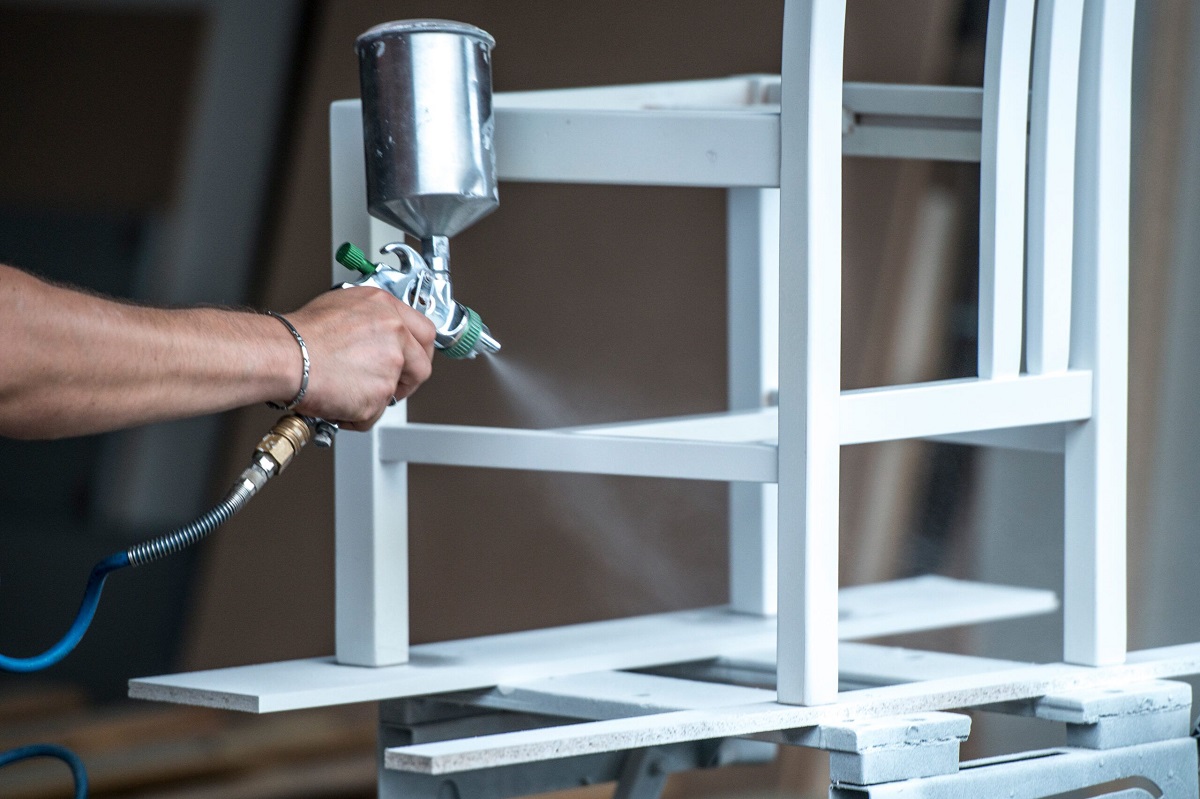
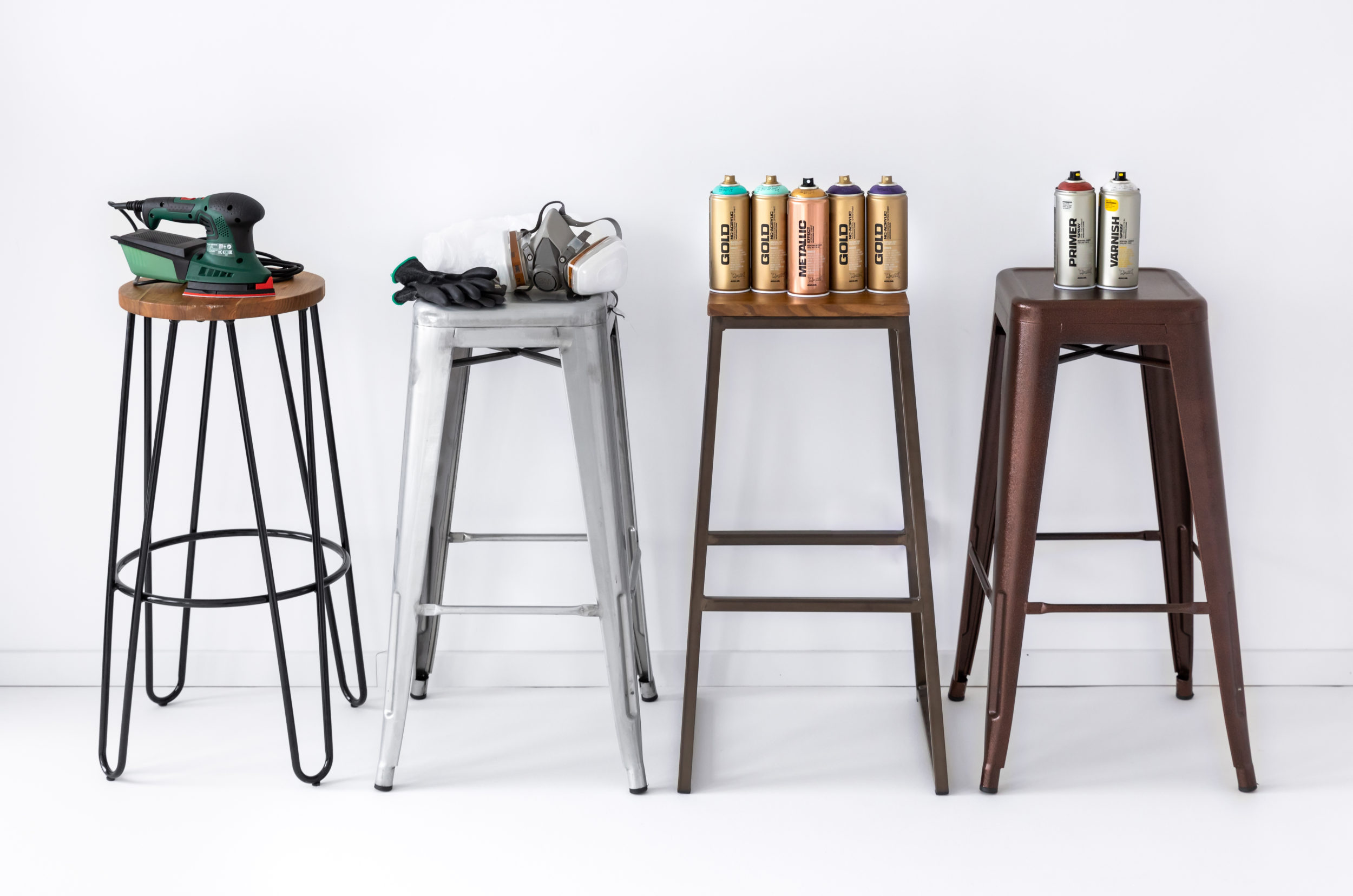

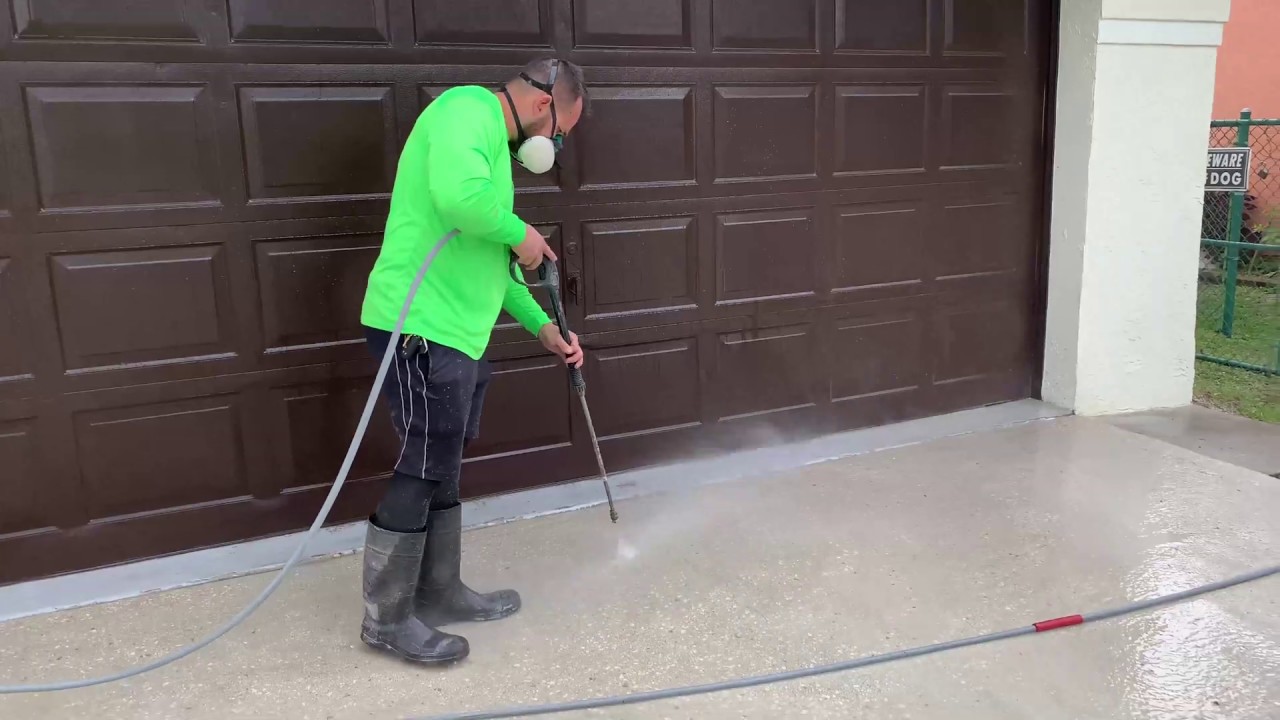




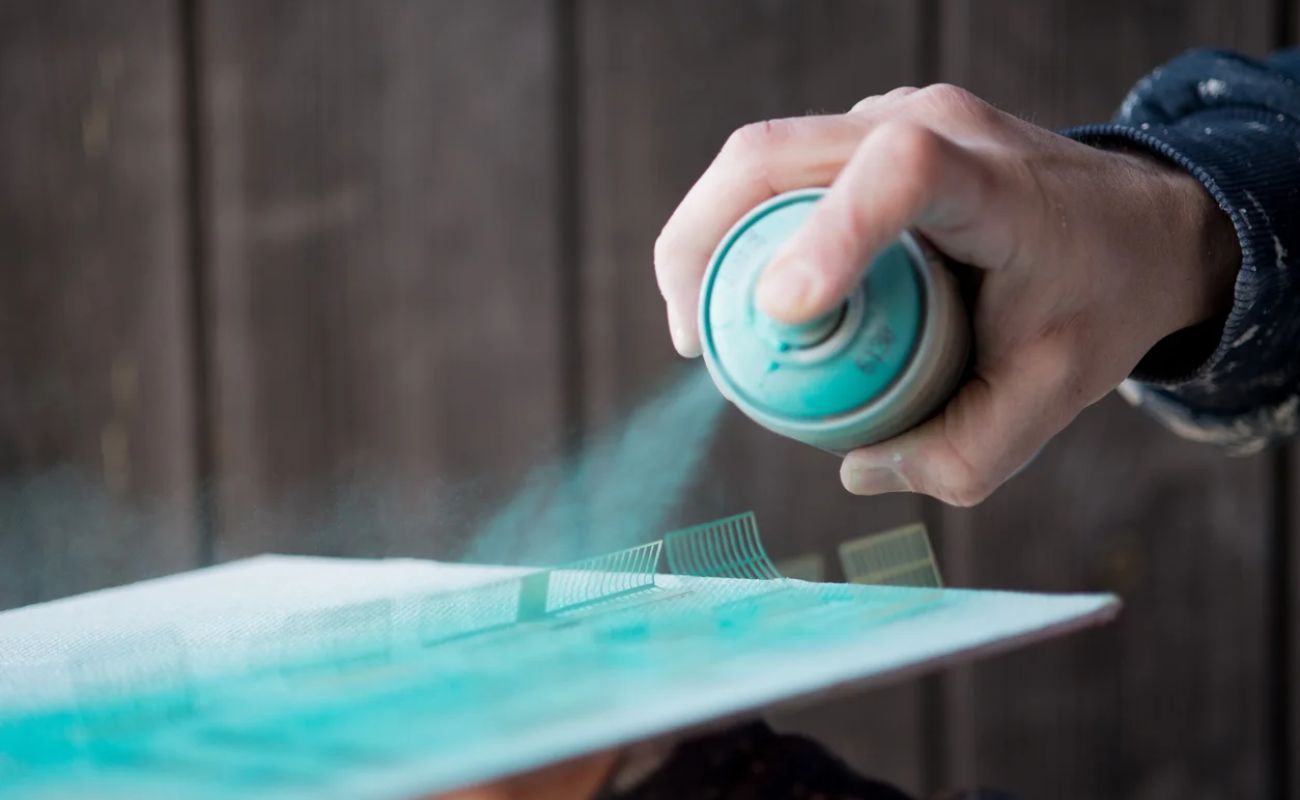
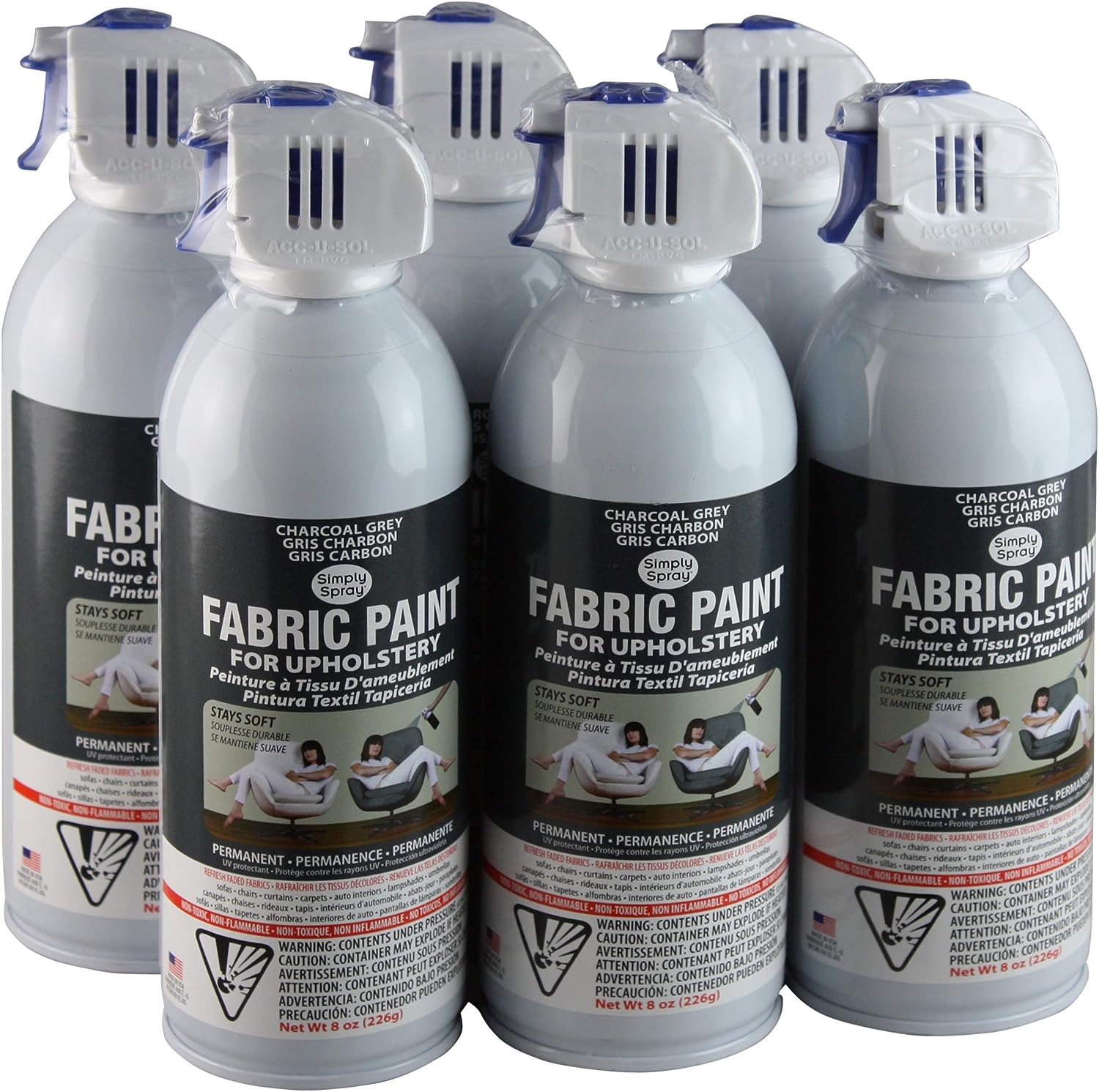
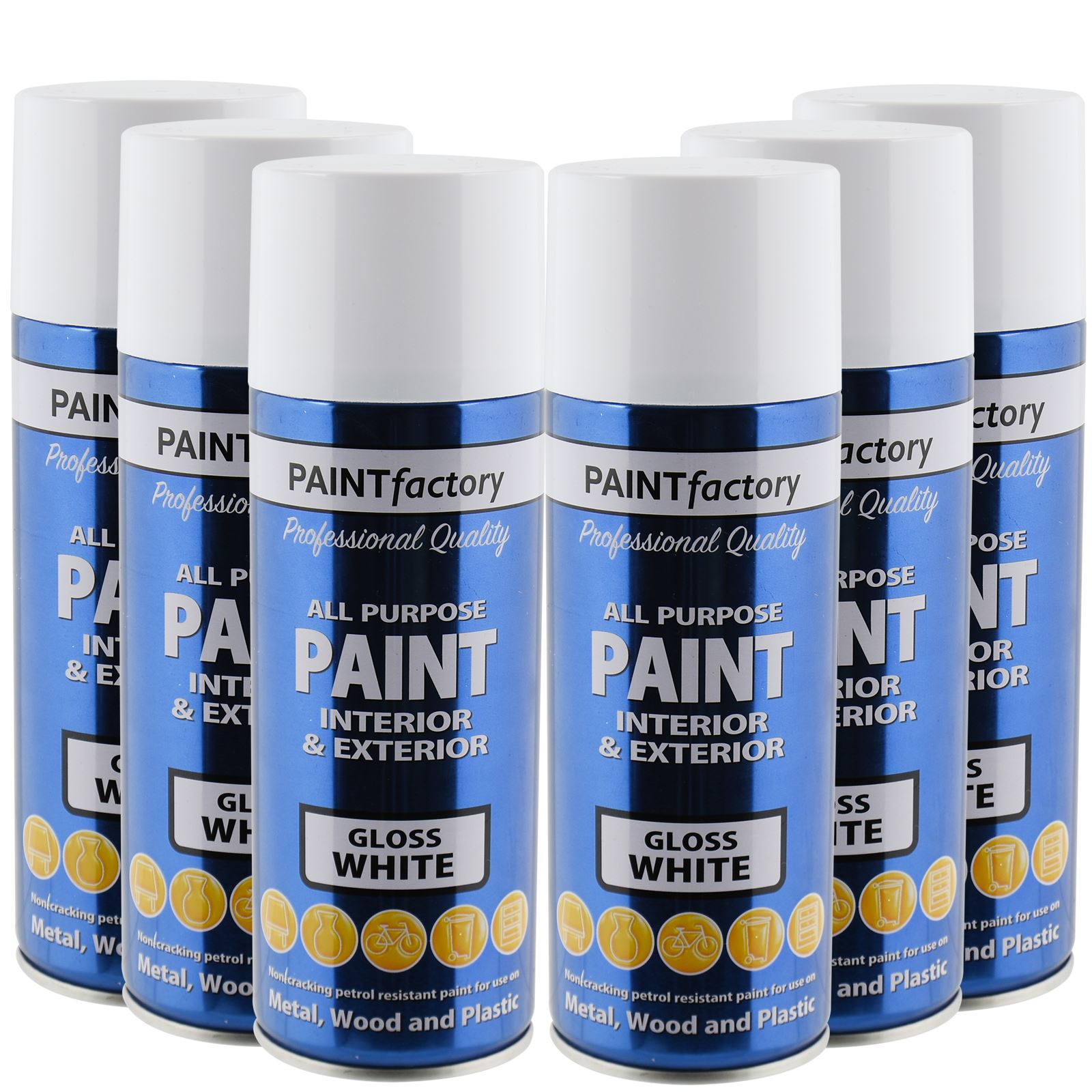

0 thoughts on “How To Store Spray Paint”